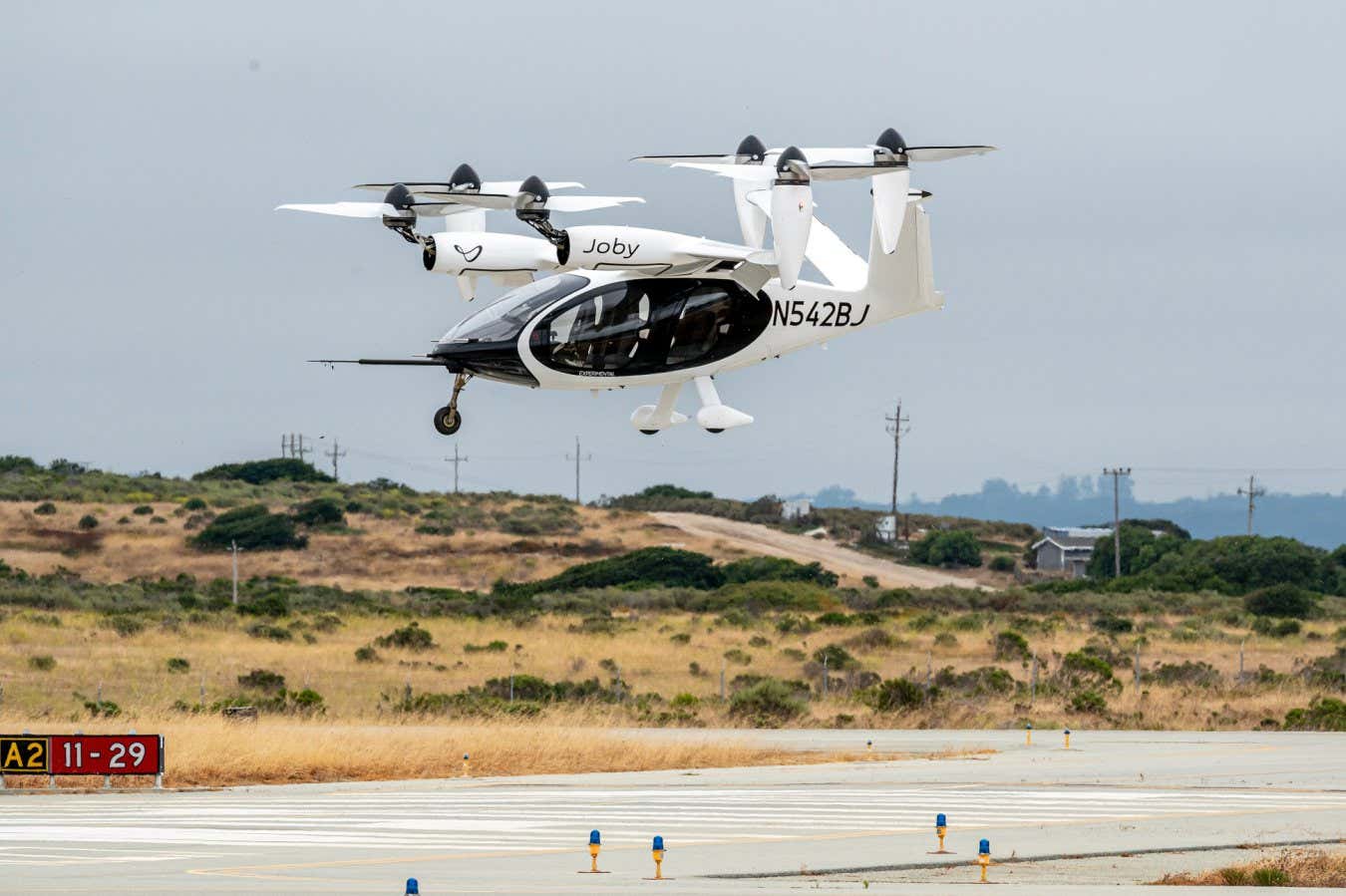According to a new page on SpaceX’s official Starlink website, the company is planning a Starlink-based direct-to-cell service. The plans include texting service as early as 2024 and voice, data, and an “Internet of Things” application in 2025.
The service will be available on existing LTE phones and requires only a clear view of the sky. The thousands of Starlink satellites in orbit, with more being launched frequently, makes this kind of service possible.
By the time the direct-to-cell service goes live, some of the satellites will have an eModeB modem on board. SpaceX plans to launch the satellites with this new capability on the Falcon 9, and then the Starship rocket when it becomes operational. eModeB, or E-UTRAN Node B, connects mobile handsets with the mobile phone network.
SpaceX also says the newly equipped satellites will communicate with other Starlink satellites through a laser communications backhaul to ensure global connectivity.
This service will make it possible for cellular devices to connect to the mobile phone network even when they cannot get a line-of-sight connection with nearby cellular towers. This may make the new service attractive to people in remote or mountainous terrain where there hasn’t been a lot of investment in cellular service — the same promise that made Starlink’s Internet service popular for people in remote areas who do not have many good options for Internet access. Direct-to-cell service will have the additional perk of allowing individuals who have an emergency in a “dead zone” to call for help.
SpaceX already has deals with cellular providers to provide the direct-to-cell service. These providers include the United States’ T-Mobile, Canada’s Rogers, Japan’s KDDI, Australia’s Optus, New Zealand’s One NZ, and Switzerland’s Salt. It has already filed for permission to launch the service in cooperation with T-Mobile with the FCC.
Last year, Elon Musk said SpaceX was in talks with Apple to provide Internet access to iPhones. Apple said only that it planned to make its iPhones capable of making emergency calls through communications satellites. It did not confirm that it planned to use Starlink.
Others were curious about whether SpaceX planned to launch its own cell phone with the direct-to-cell service already implemented. However, SpaceX has not floated any plans in that regard.
Interested in helping to speed up Starlink’s new direct-to-cell service? I don’t blame you because, seriously, this could save lives just by making it more possible to make emergency calls in dead zones. As always, SpaceX is hiring. (No worries if you’re not an engineer. A position that will have you working with “space lasers” for Starlink might seem a little wacky to people who have long memories right now anyway. There’s a position for sous chef open!)







Leave a Comment